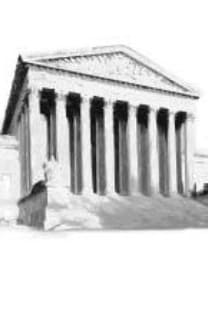Art and Education
Aesthetics, Philosophy of Art; Education
___
ADORNO, W. Theodor (1970) Aesthetic Theory ( Eds., G. Adorno and Rolf Tidemann), University of Minneapolis: MinnesotaPres.ARISTOTELE (1987) Poetika. (Çev. İsmail Tunalı), İstanbul: Remzi Kitabevi.
BAUMGARTEN, A.G. ( 1750) , Aesthetica. İmpens. I.C. Kleyb.
COLLINGWOOD, R.G. (1964), Essays in the Philosophy of Art. Indiana University Press.
ECO, Umberto. (2006) Güzelliğin Tarihi (Çev: Ali Cevat Akkoyunlu), İstanbul: Doğan Kitabevi.
HEGEL,G.W.F. 1-(1975) Aesthetics: Lectures on Fine Arts, translated by T.M. Knox, London, Oxford at the Clarendon Press, II Vol.; 2-(1982) Estetik.(Çev. Nejat Bozkurt), İstanbul: Akar Matbaası.
HEIDEGGER, Martin (1971) Poetry, Language, Thought. (Translated by: Albert Hogstadter) Toronto: Fitz Henry & Whiteside Limited.
KUÇURADİ, Ioanna (1979), Değer, Değerler ve Yazın. Sanata Felsefeyle Bakmak. Ankara: Şiir-Tiyatro Yayınları.
LUKACS, Georg (1978) Estetik. (Çev: Ahmet Cemal), İstanbul: Payel Yayınları.
SCHOPENHAURE, A. (1956) The World as Will and Idea. (Ed. Irwin Edman) New York: The Modern Library.
- Yayın Aralığı: 2
- Yayıncı: Bursa Uludağ Üniversitesi
Nietzsche and Spinoza: Thinking Freedom
Relation of Law and Violence From a Foucauldian Perspective
The Relation of the Self and External Reality
Çağdaş Mantıkçı Anlam Kuramında Dil-Dünya İlişkisi ve Metafiziğin Yadsınması
Yüksek Öğretimde İdeal Öğretim Elemanı Nasıl Olmalıdır?
Johannes Climacus ya da Her Şeyden Şüphe Edilmelidir
Galileo’nun İki Büyük Dünya Sistemi Hakkındaki Diyalogları ve Bilime Etkisi
Siyaset Felsefesinde Adalet, Eşitlik, Özgürlük
